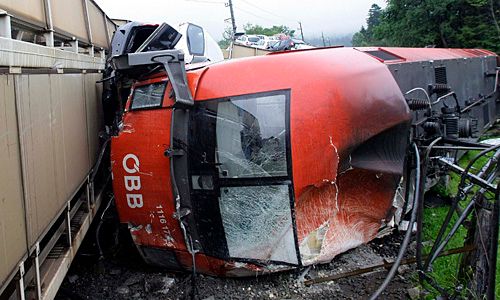by Bramdeisroberts
Gerry6309 wrote:Remember: Back in the 70s, smaller windows meant smaller targets. Heaving rocks at trains was a popular teen pastime back then.And the less the passengers had to see of America's tired, crumbling, malaise-era cityscapes, the better.
It's the same reason why even though it was built with water on three sides, the New England Aquarium was built with no windows in any of the galleries, so the visitors wouldn't have to see the then-disgusting harbor to distract them from the turtles and the seals.

